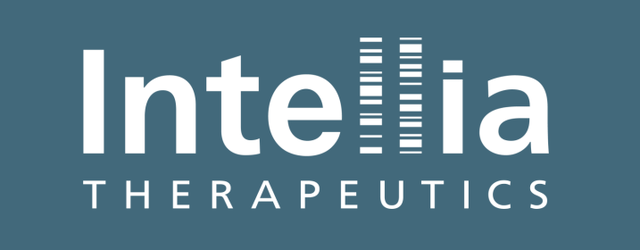 Graphic Source: Intellia Therapeutics Inc.
Graphic Source: Intellia Therapeutics Inc.
Introduction: What is Intellia Therapeutics?
Intellia Therapeutics, Inc. (NASDAQ: NASDAQ:NTLA) is a preclinical-stage genome editing company focusing on developing novel therapeutics using the genome-editing process known as CRISPR/Cas9, or Clustered, Regularly Interspaced Short Palindromic Repeats. Currently, Intellia is broadly focused on in-vivo, delivering directly to target cells in the body, and ex-vivo, developing a therapy from engineered human cells, with a global clinical focus (three countries in progress).
Founded in 2014, NTLA has since grown to revenues of $43 million (2019) with over 270 employees based in Cambridge, Mass. Although CRISPR/Cas9 genome editing technology is not yet clinically validated for human therapeutic use, the company is making strides in strategic markets to achieve the required approvals and is currently transitioning from pre-clinical to clinical in 2020-2021.
Products: Intellia has a pipeline of four therapies in the post-research phase with three realistically expected to show clinical aspirations before year-end 2021.
1. NTLA-2001 for transthyretin amyloidosis "ATTR": Submitted first CTA to initiate a Phase 1 study; Intend to dose first patient by YE 2020
2. NTLA-5001 for acute myeloid leukemia "AML": Expected to submit IND in 1H 2021 for WT1-directed TCR T-cell therapy
3. NTLA-2002 for hereditary angioedema "HAE": Expected to submit IND in 2H 2021
Customers/market: Currently, Intellia is pre-clinical, but the potential market for patients of each of the above products is as follows. For ATTR alone, the expected patient population is hard to estimate, but rival Akcea has found there to be an estimated 50,000 patients with hereditary ATTR amyloidosis worldwide and 200,000 patients with wild-type ATTR amyloidosis worldwide. Intellia additionally estimates there to be over 120 unique mutations from the traditional ATTR adding a layer of complexity to current therapies, but expanding the patient pool to 250,000-500,000. For AML globally, the expected afflicted population is very